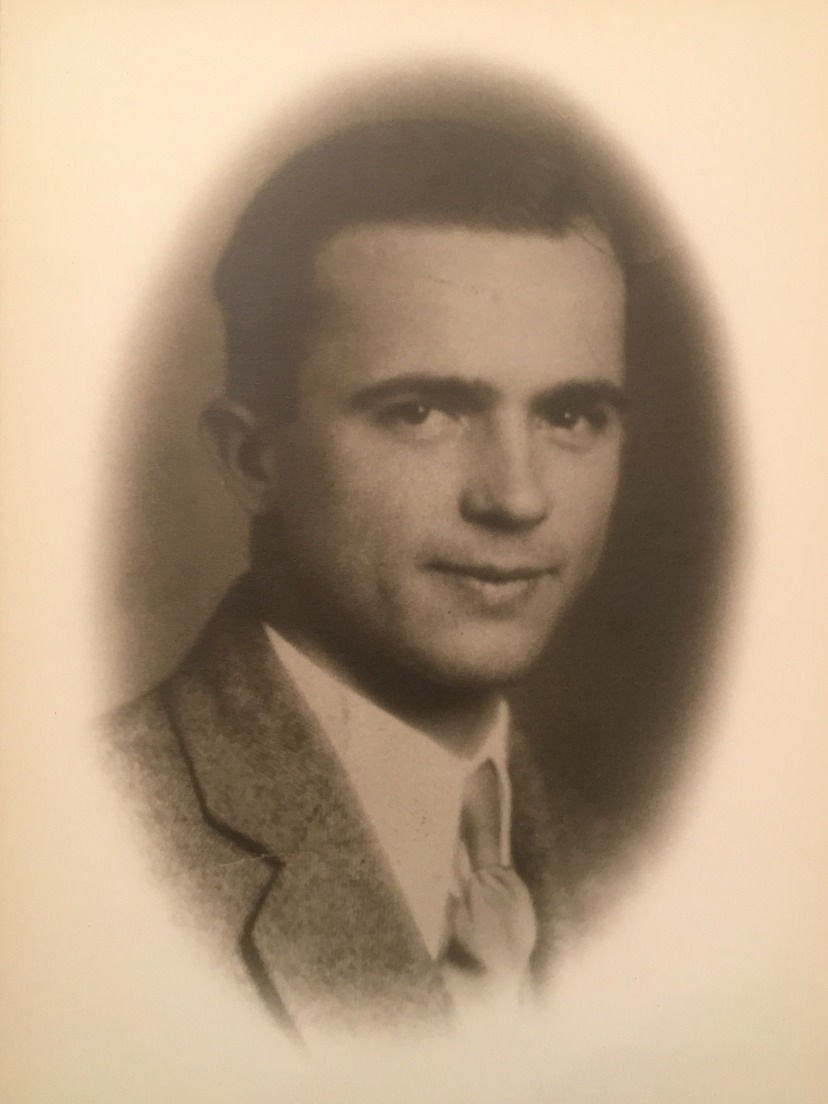Stonemasons: Carvers, Cutters, Setters
- Stone by Stone

- Jun 19, 2018
- 3 min read
Updated: Jun 26, 2018
Caroline Waring
To work with stone is no simple task: it requires hard labor and an eye. Stonemasons on the chapel, who were selected to work with the stone from the Hillsborough quarry, had to choose the color of the brick—it came in seventeen different shades—and to precisely shape it.¹ Still other stonecutters, working with the more delicate Indiana limestone, hand-carved the chapel’s archways, sculptures, and all its lines of detail.²
Relative to the other laborers on the West Campus project, these skilled stonecutters have been well-documented. Though there are scarce photographs of this work—the Depression was not friendly to documentation—a select few stonecutters have been interviewed for local newspaper articles or for books, like William E. King’s If Gargoyles Could Talk: Sketches of Duke University. Working under the supervision of Scotsman Donald Macadie, the stonecutters were nearly all Italian and had completed stonemason apprenticeships while living in Europe.

Anthony Berini, for example, was an Italian living in Pittsburgh when he heard that there was stonemason work in Durham, North Carolina.³ In 1929, he moved his family down South. Once school got out for the summer, his five sons (aged between 11 and 17 during 1930) would join him in working on the chapel.⁴ Until he revisited the site at age 72, the last memory Dante Berini had of the chapel was the summer of 1933: he was 16, mixing mortar for the stonemasons at 45 cents an hour.⁵ This was not an uncommon practice—Pete Ferettino, at the same age, also helped his stonemason father on the project.⁶ Often, the Italians would sit together on the site and speak their native language with each other. “People would think they were from Mars,” said Richard Berini in a 1989 Durham Sun article.⁷
Other stonecarvers working with limestone include Anthony Citrini, Frank Ferettino, Louis Fara, John Ribet, Achille Greppia, and Pete Giabbi.⁸ The stonemasons working with the Hillsborough stone were a more diverse group, ranging from white men native to the mountains of North Carolina (John T. Lyda) and black workers from South Carolina who continued to work on Duke projects well into the 1950s (Lucius Jeter).⁹ Other black stonemasons that worked with Duke rock were Walt Frazier, Walt McCinny, Will Parker, Sam Jones, Grady Tate (a specialist known for his skill at pointing stone), and “Cortez.”¹⁰ Dante Germino, Ernest A. Banner, John Rosozza, Pete Yon, Walt Everette, Pete Fi, Mickey Fi, W.A. White, Jr., W.A. White, III, Bivens Baker, and Louis Joseph Larese are just some of the other men that have been identified as stonemasons.¹¹

It wasn’t all pleasant labor. In an interview, John. T. Lyda’s grandson, Russell Lyda, mentioned that early on, the stonemasons—then paid 65 cents an hour—planned to strike for 90 cents an hour.¹² The stoneworkers, at this time, were not organized in a recognized union. When the construction company caught wind of this plan, they gathered the stonemasons together and told them they were cutting their pay to 40 cents an hour, citing “a money shortage.” According to Lyda, “the stoneworkers were happy to get this much.”¹³
The skill and handiwork of these workers, however, remains evident in every sun-lit photograph of visitors standing, smiling, the deep stone grays and the delicate sculptures of the chapel sitting right behind them.
1. William E. King, 1997, "Duke Stone." in If Gargoyles Could Talk: Sketches of Duke University, (Durham, NC: Carolina Academic Press).
3. "Duke Chapel Stoneworkers Hold Reunion," Box 2, Building Reference Collection, 1972-2004, David M. Rubenstein Rare Book and Manuscript Library, Duke University.
4. Ibid.
5. Ibid.
6. "Tribute to Stonemasons," Box 5: Stonecarving and Stonecarvers, Building Reference Collection, 1972-2004, David M. Rubenstein Rare Book and Manuscript Library, Duke University.
7. "Duke Chapel Stoneworkers Hold Reunion," David M. Rubenstein Rare Book and Manuscript Library, Duke University.
8. Box 5: Stonecarving and Stonecarvers, Building Reference Collection, 1972-2004. David M. Rubenstein Rare Book and Manuscript Library, Duke University.
9. "Notes on a visit," Box 5: Stonecarving and Stonecarvers, Building Reference Collection, 1972-2004, David M. Rubenstein Rare Book and Manuscript Library, Duke University; U.S. Census Bureau, 1930 census, Durham, Durham County, North Carolina. Ancestry.com.
10. "Tribute to Stonemasons," David M. Rubenstein Rare Book and Manuscript Library, Duke University.
11. Box 5: Stonecarving and Stonecarvers, Building Reference Collection, 1972-2004, David M. Rubenstein Rare Book and Manuscript Library, Duke University.
12. "Notes on a visit." David M. Rubenstein Rare Book and Manuscript Library, Duke University.
13. Ibid.



Comments